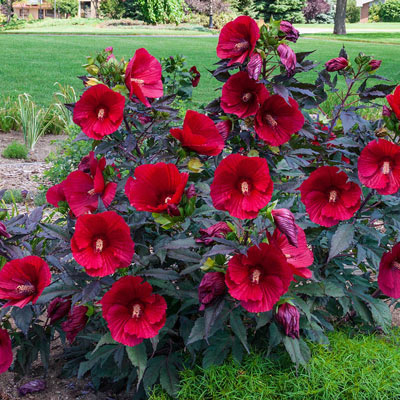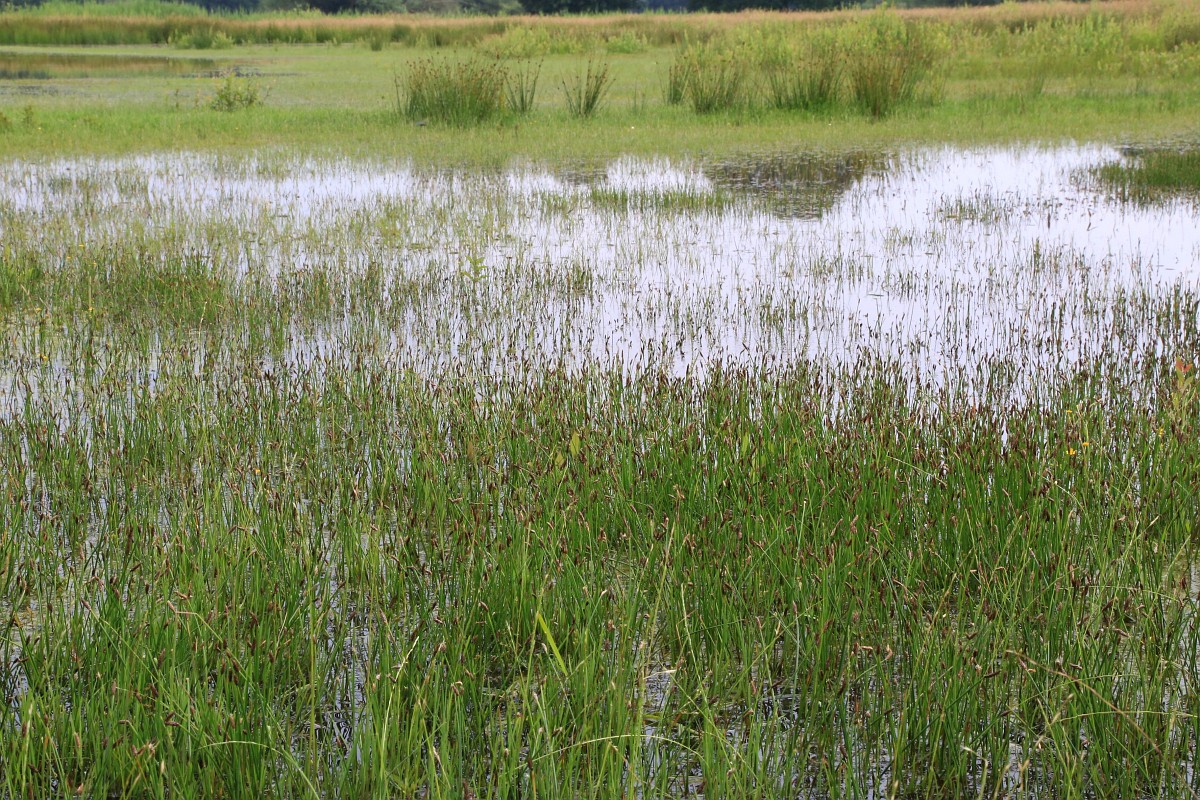Do You Have a Dry Retention Pond?
Some ponds are meant to dry out. Some retention ponds hold water year-round.

Why Is Your Retention Pond Dry?
A dried-up neighborhood pond can be the result of more than one issue. Here are the top 5 causes:
Drought or lack of water
Retention ponds are designed to diminish (abate) stormwater. So is there an apparent reason that your pond is not retaining stormwater? Dry weather is the most obvious reason, and the combined strong winds of the Midwest may dry out a pond by 2″ per week.
A leak
Not all leaks can be prevented. Leaks are most commonly found adjacent to the outflow structures or in the clay liner adjacent to your dam. The odds of finding a leak near the inflow is very low. Many trees contribute to water loss, especially along the dam. Nevertheless, only some leaks are a result of bad construction.
Faulty design or materials
Earthen materials commonly fail, but the most egregious fault is a bad clay liner. Leaks occur when clay is not compacted, or when the soil hydrology and thickness is miscalculated. But other design issues occur from poor topographic survey or improper slopes/grades of BMP & stormwater structures. Outflow pipes have the highest rate of failure (leaks). Any of these issues will decrease pond water retention.
Intentional design by an engineer
A dry pond by design is called a detention basin. But wait, there’s another important design. It is a permanent pool combined with a dry pond- called an extended dry detention pond.
Siltation and Erosion
Retention ponds have a job of reducing erosion. They also serve a purpose of catching silt (which is the downstream product of erosion). If siltation is unavoidable, your retention pond could be designed with a forebay to trap silt. (Forebays are routinely dredged to restore their capacity after they fill with silt). Otherwise, a retention pond will silt-in and become very shallow. The solution for a shallow pond is:
a) dredging- with costly excavation
b) conversion to “extended detention” with a “permanent pool”
What is a Stormwater Pond?
Because your neighborhood pond is an engineered design, its important to define some basic stormwater structures.
Dry Detention Pond- Also known as a Detention Basin. A depression in an urban landscape that is designed to manage stormwater by holding it temporarily to infiltrate pollutants and reduce downstream flooding. It may only look like a pond for a few days out of the year!
Permanent pool- the portion of a stormwater basin or retention pond which normally holds water year-round, designed to absorb pollutants and reduce downstream flooding.
A REtention pond is meant to be a permanent pool, while a DEtention pond only holds stormwater temporarily.
Extended Dry Detention Pond- Also known as an Extended Detention Basin with Permanent Pool. It is a large depression in your urban landscape with a small permanent pool.
A Dry Retention Pond
Dry retention ponds are very costly to repair by dredging or excavation. Living Waters does not excavate ponds. Our recommendation is to call local dirtworks companies and obtain estimates for the job of rebuilding your pond.

Dry Pond Management
Weeds, Trees and Brush
Have you noticed that some ponds grow superweeds? If your pond doesn’t have weeds yet, the birds will bring them. And speaking of birds, do you have some junk trees around your pond that only the birds enjoy? Well, those “volunteer trees” are no hassle to remove when they are less than 12 feet tall. A good pond manager will control stumps as well as weeds.
For best results, we recommend you schedule pond weed control 3x yearly.
If you want feasible improvements to your pond don’t shrug-off weed control. We talk more about “why” next.
Silt and Mud Flats
Where the weeds don’t grow, its just mud. And frankly, this eyesore is where the entire article has been leading up to. What do you do with it? Excavate? Dredge? or plant on it?
Another thing to consider: shallow mud flats have a high probability of blue-green algae outbreaks. For example, Oscillatoria algae may continue to thrive on wet mud even as pond water levels recede. Greenery will always find a way to grow in wet soil. Let’s explore what can be done.
Feasible Solutions for Dry Ponds
What if I told you we can plant short aquatic grass before birds bring you the wrong gifts? 🙂 The plantings must be short because mowers can’t traverse mud flats.
Whether your permanent pool of water is big or small, keep it. Then turn the rest of your dry retention pond into a tidy meadow that is adapted to extended periods of flooding. If you already have weeds, we will surgically control them with selective aquatic herbicides. As a final consideration, let’s structure other clusters plants around your meadow to accomplish goals like filtering the water pool.
Plants for a Dry Retention Pond
Here’s a list of 5 meadow plants and why they are great!
Spike Rushes
Short, uniform, dense, soft, and deep green.
This describes Spike Rush. It’s the best plant for a dry retention pond.
Spike rush is common in ditches so you’ve probably seen it 1000 times and just don’t know it. This plant gets its name from its vertical, orderly appearance. The tiny round blades are no thicker than a pencil lead, and delicate to the touch.
Spike Rush thrives both above and below the water, but it always needs saturated to moist soil. Because Spike Rush forms a rhizomatous colony, it has similar habits to a fescue lawn, and it blends seamlessly with fescue on a smooth slope. Spike rush has a maximum height of 12 or even 7 inches, depending on species. And just like a fescue lawn, it grows thicker when mowed.

Cardinal Flower


I confess my plan was to introduce you to grasses first, but then I remembered Cardinal plant is my all-time favorite! Odd. Perhaps I’d have immediately remembered this if I hadn’t been so obsessed with her close cousin last year: the Blue Cardinal Plant (AKA Great Blue Lobelia!) Also, I normally think of it as an underwater plant (but its both!)

To my point, I have much experience with growing Cardinal plant- its a fun and versatile plant! Now look at me, my mind is on aquariums!

What is this plant? Lobelia cardinalis is a perennial wetland wildflower that thrives in seasonal ponds and mostly-dry basins alike. And here’s the big bonus: its native throughout South and East Kansas.

As flooded basins dry out in the summer, Cardinal plants grow tall and develop red blossoms which attract hummingbirds.
Ornamental Switchgrass

Switchgrass is a very versatile plant, commonly used for landscape design, livestock grazing, erosion control, and bio-fuel. The flexibility of this grass even allows us to customize uses with cultivars suited for West side or East side ponds.
Switchgrass cultivars like ‘Heavy Metal’ are everyday staples in today’s landscape designs. With height selections from 3′ to 7′ tall, we group these dense grasses in large blocks. This creates vertical focal points, positive space, borders, and even privacy screens.
Switchgrass grows faster when average daytime temperatures top 80 degrees. These grasses tolerate steep slopes. More importantly, their deep, fibrous roots control erosion even in shallow soils. The terrific use-case of Panicum virgatum is all because of its remarkable ability to infiltrate runoff from stormwater. But not all switchgrass cultivars grow the same height or thrive in the same conditions! We may need to select plants with the traits that survive immersion for extended periods in the Spring and Summer.
Hardy Hibiscus (Hibiscus moscheutos)
Hardy Hibiscus thrive in heat and humidity and even waterlogged soils.
These plants are commercially available in a variety of colors- Flowers range from white & pink to dark burgandy. Once the summer heat arrives, hardy hibiscus produce giant blooms until fall. After frost, they die back, but they reappear from a rhizomatous cluster in late Spring.

Black-Eyed Susan

Black-Eyed Susan is the quintessential coneflower for wetland restoration. It reaches a height of 2-3 feet, and tolerates wet soil. Black-eyed Susan is a pioneer species, meaning it is easy to establish in new sites but allows other plants to dominate over time. Although short-lived, this plant is perennial and usually grows back each year.






